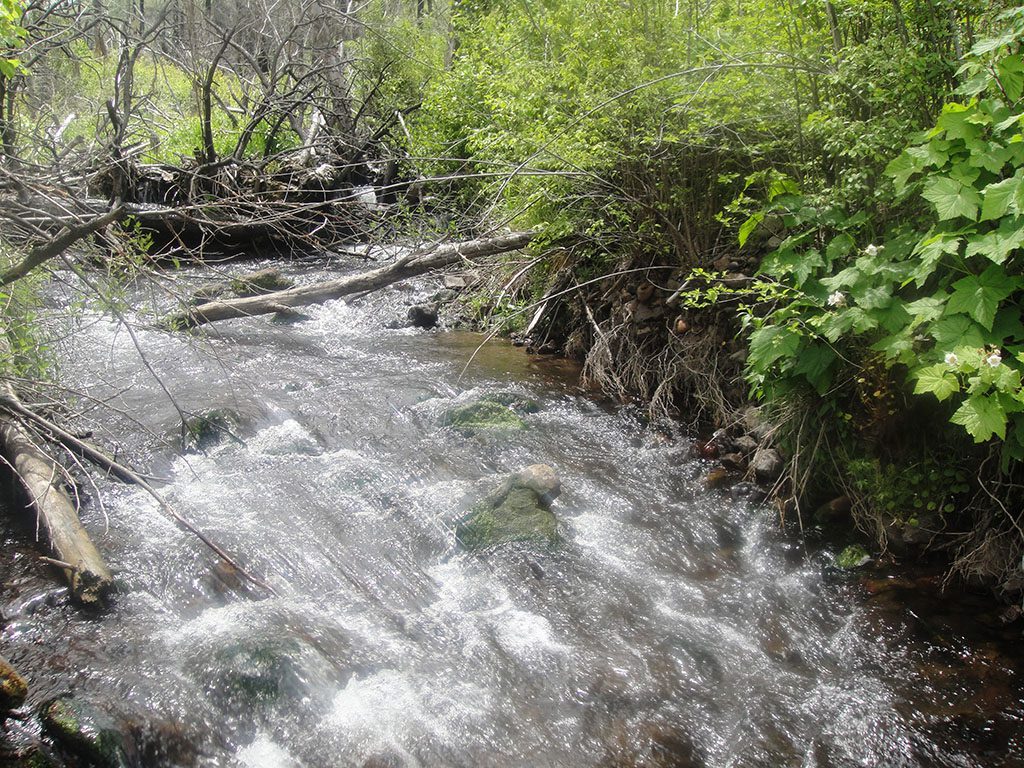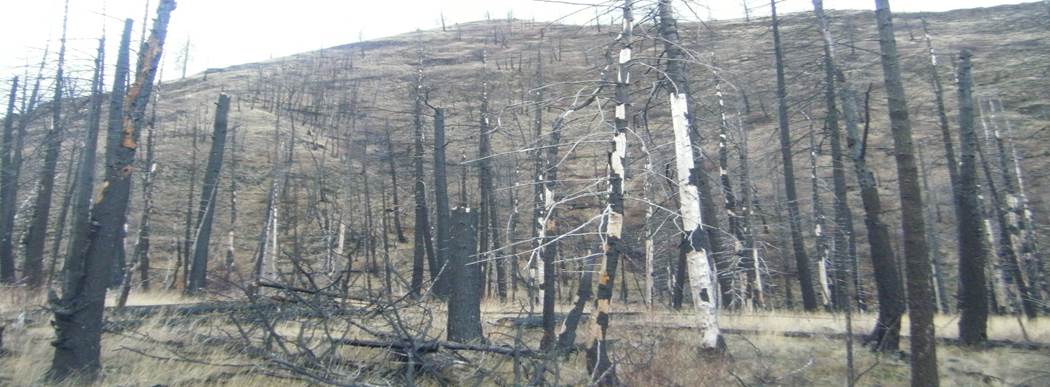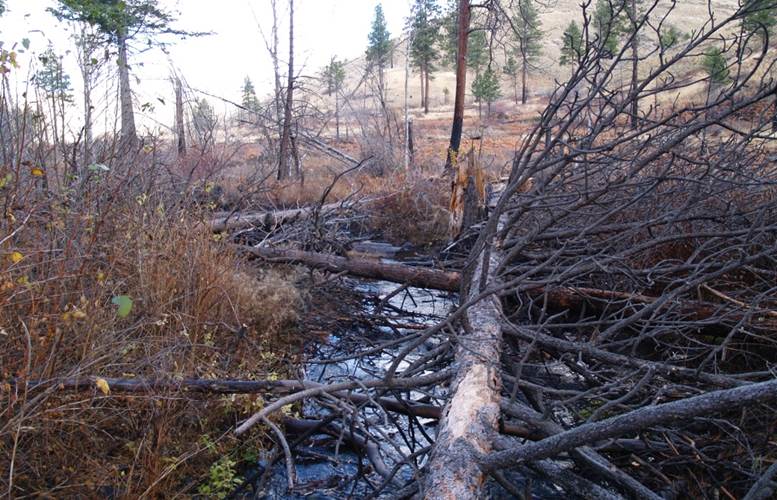Cummings Creek Large Wood Enhancement Project
Cummings Creek, one of the most productive steelhead producing tributaries in the Tucannon River Basin (~RM37.85), also contains rainbow and bull trout populations.

Cummings Creek, one of the most productive steelhead producing tributaries in the Tucannon River Basin (~RM37.85), also contains rainbow and bull trout populations. A fish kill was reported over a 2 mile reach in association with the School Canyon fire in 2005. This project was a cooperative project between CTUIR, the United States Forest Service (USFS) and Washington Department Fish and Wildlife (WDFW). The lower 3-4 miles of Cummings Creek is located on state-owned land. Large wood treatments were intermittently spaced throughout the reach, concentrating on RM 2-4 where dead or unhealthy stands of trees were observed . Trees that were located in close proximity to the stream were felled into the wetted channel of the stream.
Project Lead: CTUIR
Project Collaborators: CTUIR, US Forest Service, Washington Department of Fish and Wildlife
First Foods this project targets
| Water | |
| Salmon | |
| Deer | |
| Roots | |
| Berries |
River Vision Touchstones this project targets
| Hydrology | |
| Geomorphology | |
| Connectivity | |
| Aquatic Biota | |
| Riparian Vegetation |
Project Funders
| Funder | Funding Amount |
|---|---|
| US Forest Service | $5,000 |
| Washington Department of Fish and Wildlife | $1,500 |
| CTUIR | $1,000 |
File Library
| Title | File | Description |
|---|

